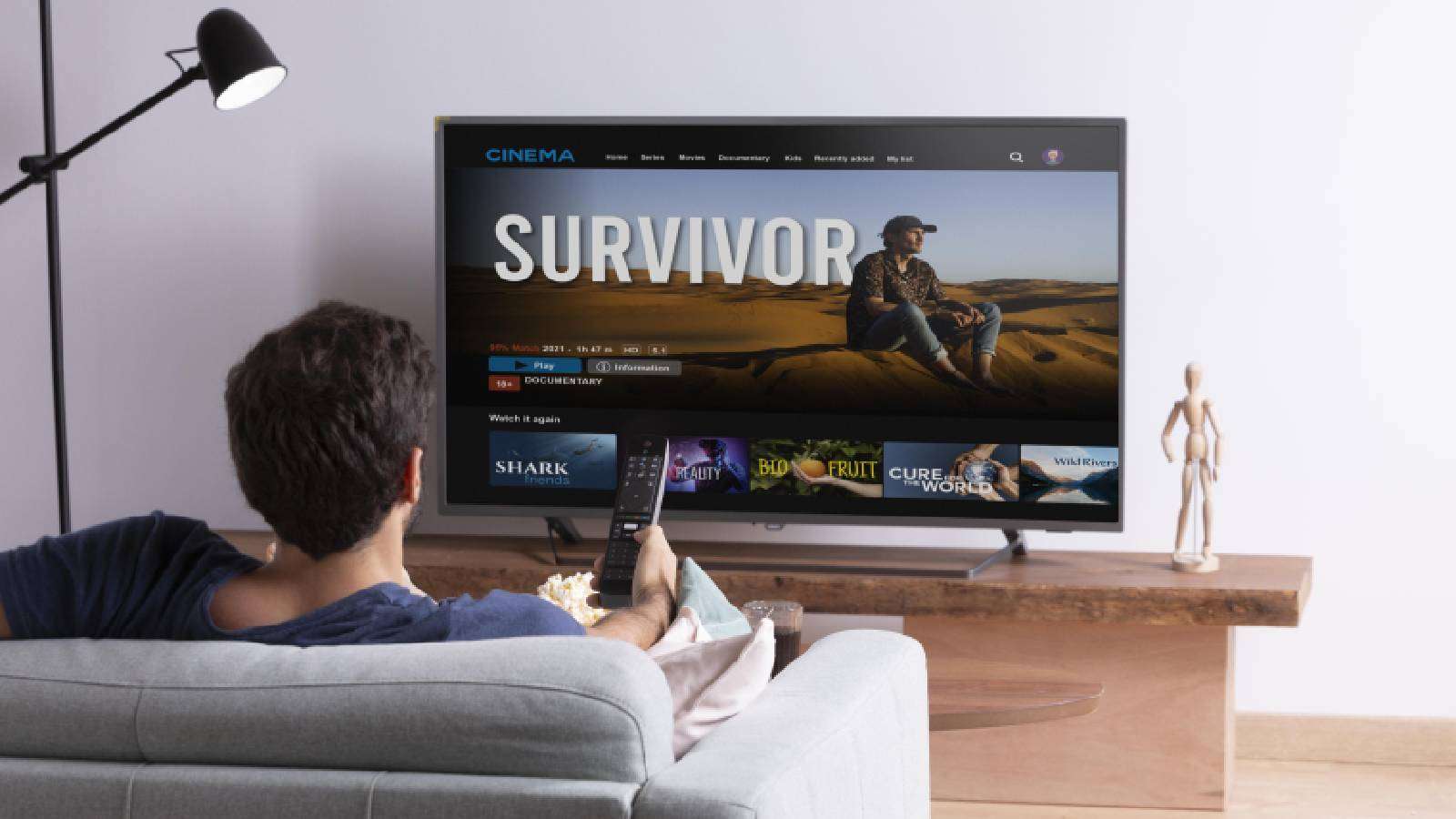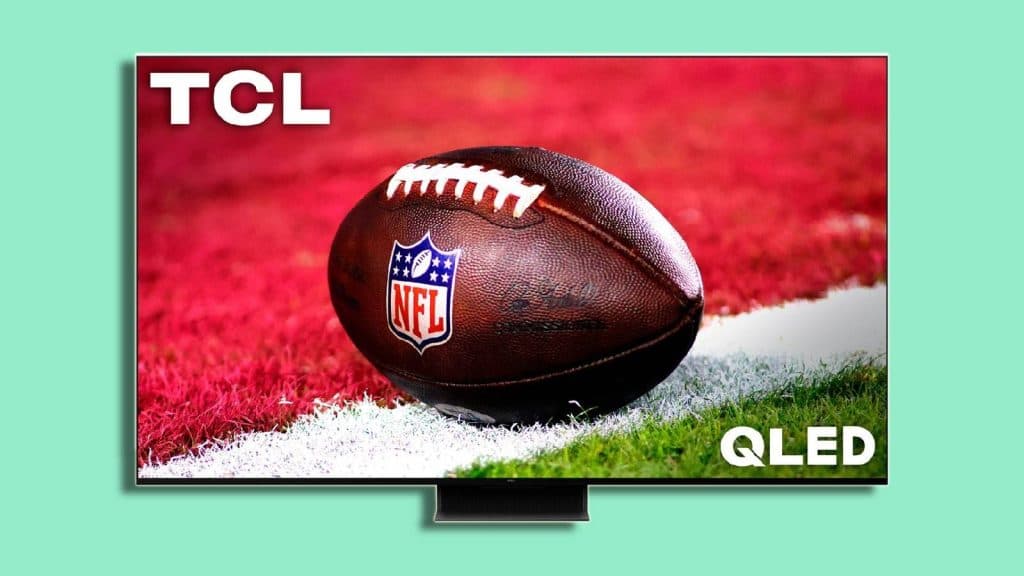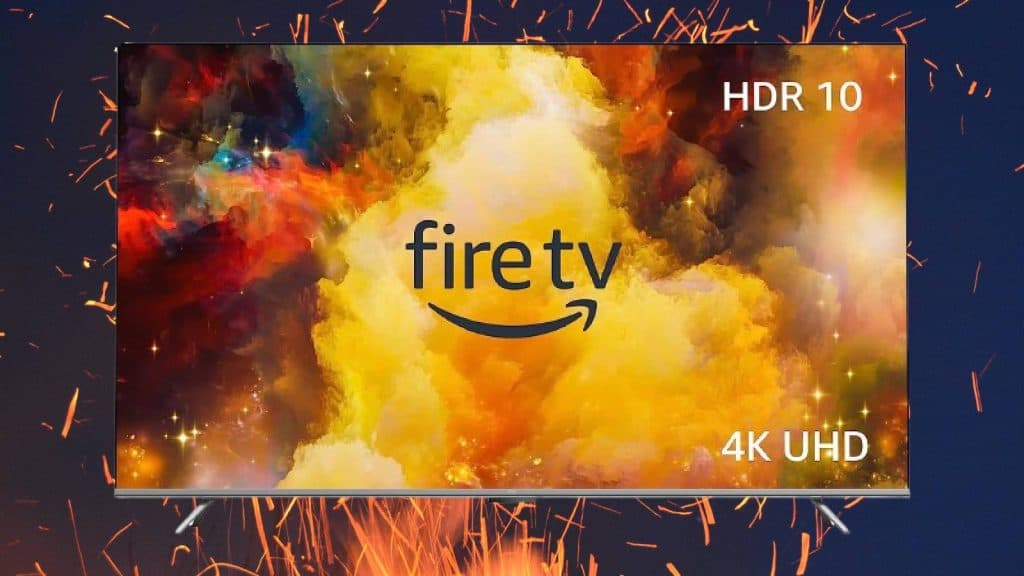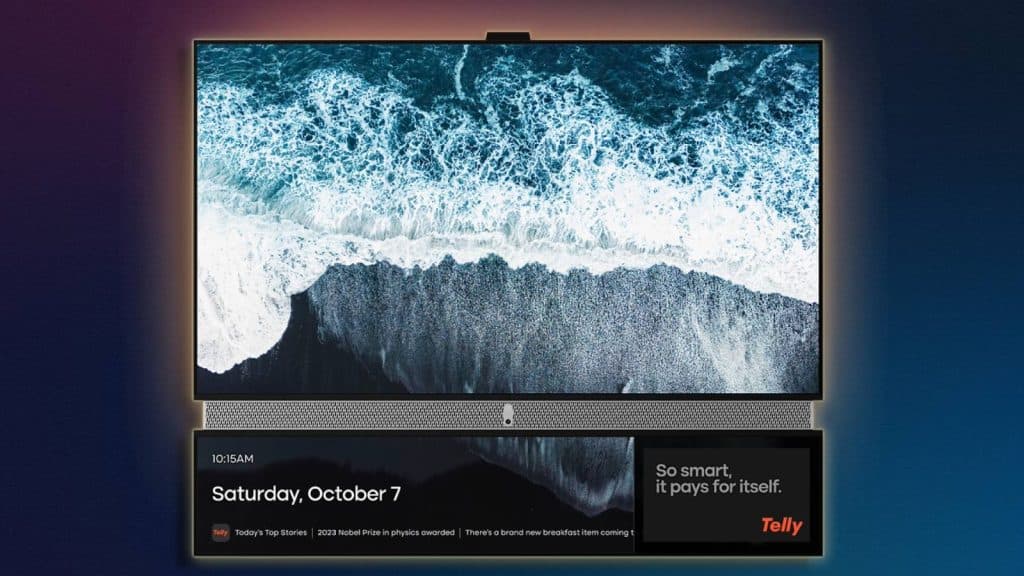What is a smart TV? Everything you need to know
 Pixabay
PixabayWondering what a smart TV is, or why you should get one when picking up a new set? Tech has moved rapidly over the past decade, and we’re here to fill you in.
From being called “idiot boxes” to eventually becoming extremely powerful smart TVs, televisions have come a long way. They are no longer just a medium to watch your favorite movies, shows, or games. Smart TVs have become increasingly popular in recent years, offering a range of online features and apps that traditional TVs cannot match.
In this article, we will explore what a smart TV is, its features and functions, different operating systems and brands, the cost of a smart TV, and more.
What is a smart TV?
 TCL
TCLA smart TV is an entertainment hub with integrated Internet and interactive “Smart” features that allow users to stream and access online services directly through the TV.
This enables access to online streaming apps for services like Netflix, YouTube, Amazon Prime Video and more. You also get the ability to browse the Internet and use various smart functions without needing a separate device like a computer or smartphone.
Modern smart TVs can be considered computers with a CPU, memory, storage, and an operating system that enables them to connect directly to Wi-Fi networks at home and features internet connectivity.
Some essential functions of a smart TV include interactive program guides, apps, video calling, and voice assistant support. Modern smart TVs are as intelligent as other smart devices, turning regular TVs into multifunctional, connected home hubs.
Features & functions
 LG
LGHere are some of the main features and functions of a typical Smart TV:
- Built-in Wi-Fi/Ethernet: Allows wireless internet connectivity to access online content and apps.
- Smart TV operating system: Provides access to streaming apps, internet browser, and interactive functions. Examples include Android TV, webOS, and Samsung Tizen.
- Playing games: Smart TVs allow users to download and play games without the need for a dedicated gaming console.
- Streaming apps: Pre-installed apps like Netflix, Amazon Prime Video, Disney+, and YouTube allow streaming movies and shows.
- Catch-up TV & video on demand: Access live channels and streaming libraries of local broadcasters.
- Screen mirroring: Wirelessly cast content, including images and videos from smartphones and tablets, onto the big TV screen.
- Web browsing: Surf the internet like using a computer through a built-in browser.
- Voice control: Use voice assistants like Alexa and Google Assistant with compatible TVs for hands-free control.
- Multi-tasking: Ability to run multiple apps simultaneously in interactive panels.
- Smart home control: Integration with other smart home devices through the TV interface.
- Video calls: Make or receive video calls using the built-in camera or an add-on camera.
So, in summary, a smart TV combines the capabilities of a computer, media device, and a regular TV into a single-screen entertainment hub for the living room.
Smart TV differences explained: OS & brand
 Amazon, Pexels
Amazon, PexelsSmart TVs come with different operating systems (OS) and brands, which can affect their features and functions. Some of the most popular smart TV operating systems include:
- Android TV (Google): Runs Android software and features access to Google Play Store apps. Common on TVs by Sony, Phillips, TCL, and other brands.
- webOS (LG): LG’s custom-built OS is well-designed and intuitive to use across their TV range
- Tizen (Samsung): Offers a customizable launcher and extensive app library. Dominant OS on Samsung TVs
- Roku TV: Offers a simplified, channel-based interface. Common on affordable TVs from brands like TCL and Hisense.
- Fire TV Edition (Amazon): Runs Fire TV OS with Alexa support. Available on Insignia/Toshiba TVs
- tvOS (Apple): Apple’s TV OS is called tvOS, and while Apple does not make TVs, its streaming box called Apple TV runs on tvOS.
Brands also enhance their respective OS with additional features – Samsung has Bixby, and LG provides ThinQ AI capabilities. Generally, Android TV and webOS are the most feature-rich, while Tizen and Roku focus more on content discovery through easy-to-use interfaces.
Choosing an OS is crucial when buying a smart TV. The availability of third-party applications is dependent on the operating system. These apps make the TV more functional and add more features and functionalities, helping you get the most out of your TV.
How much does a smart TV cost?
Prices for smart TVs vary depending on screen type, size, specs, brand, and features. The general starting prices for TVs can be found below:
- 32-inch HD-ready smart TVs: $150-300
- Entry-level 40-43-inch FHD smart TVs: $350-450
- Mid-range 50-55-inch 4K UHD smart TVs: $500-800
- Premium 65-inch+ 4K smart TVs with HDR10/Dolby Vision: $1000-2000
- High-end 8K TVs & 75-inch panels: $3000-5000.
On average, expect to pay between $300-1000 for a basic to mid-range smart TV between 40-65 inches, depending on screen technology, refresh rate, and other specs.
Budget brands under $500 provide good value for essential functions, while premium sets give cutting-edge picture quality and broad app/content support. The size and material of display panels are smart TVs’ most significant cost factors.
Do smart TVs have a built-in camera?
 Telly
Telly Most users are skeptical about smart TV cameras due to privacy concerns over potential hacking or surveillance risks. While cameras can help make or receive video calls directly from the TV, users prefer removable cameras over in-built cameras in a smart TV.
While built-in cameras are not very common on smart TVs, they’re generally not high resolution and do not support video recording.
Though a few smart TV models experimented with cameras, most TV makers have forgone including cameras now due to warranted privacy and security issues raised by consumers.